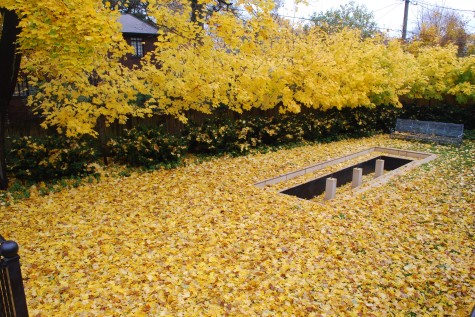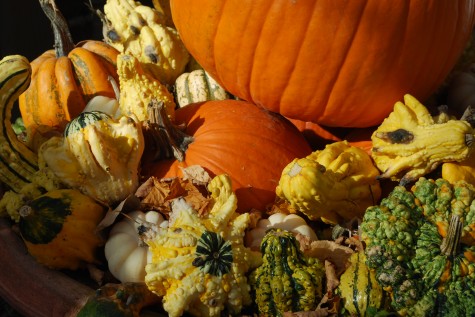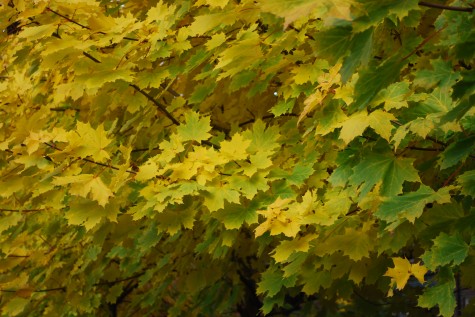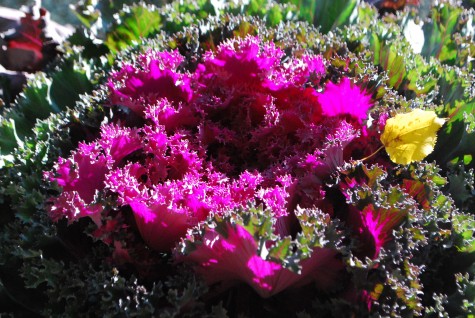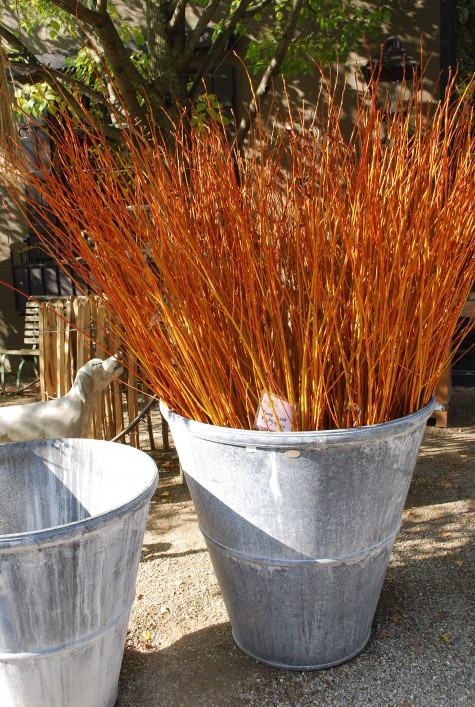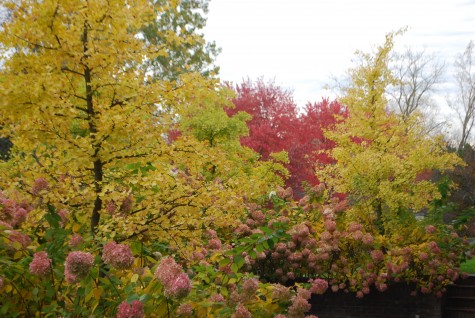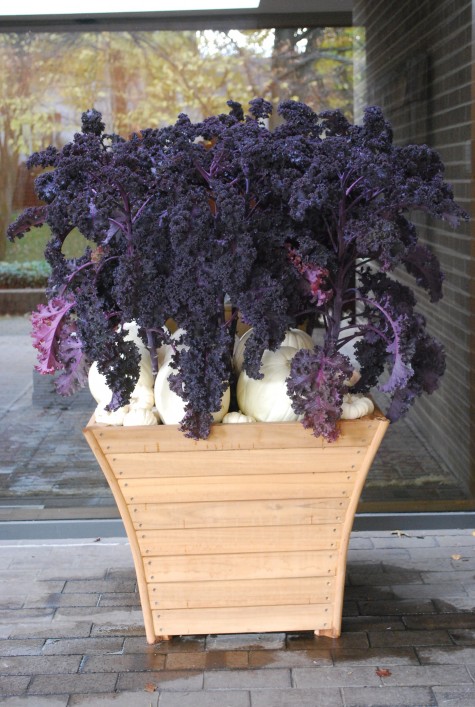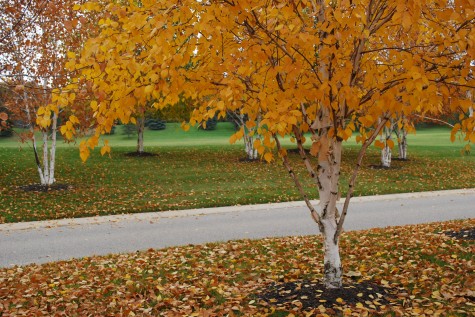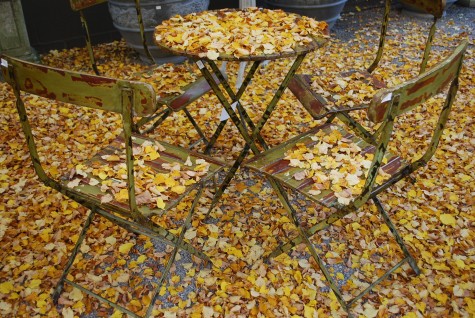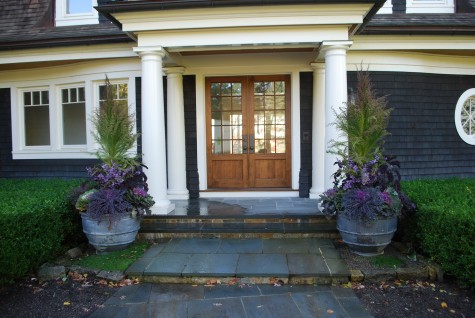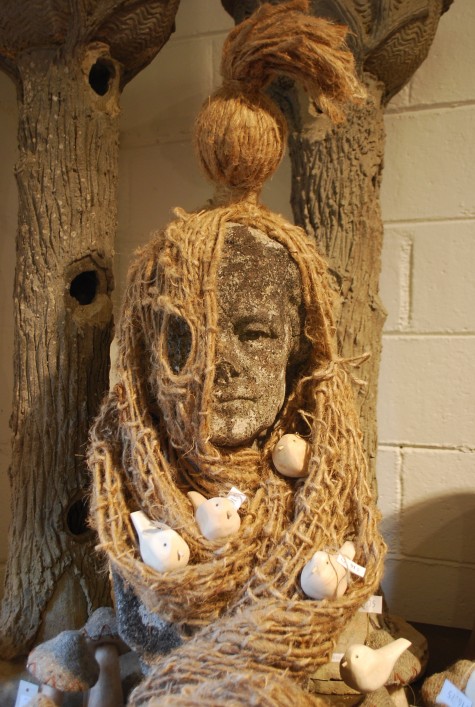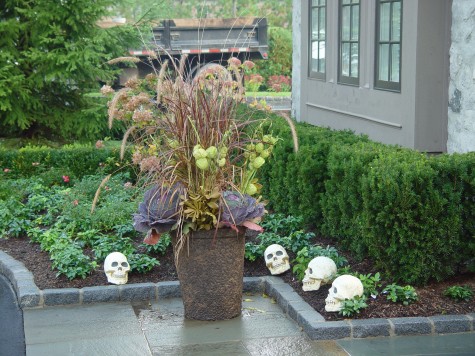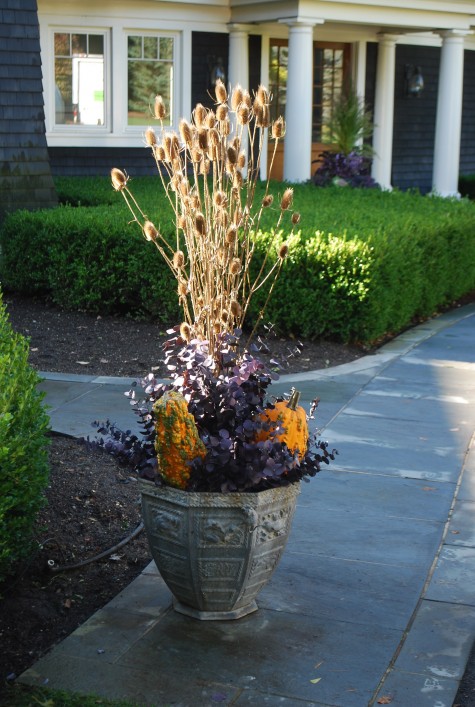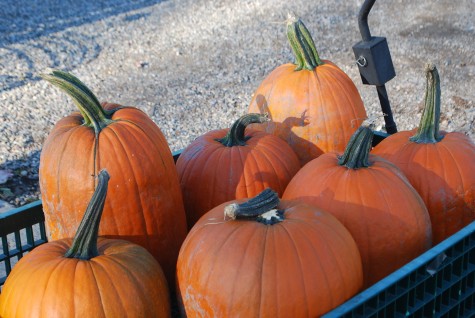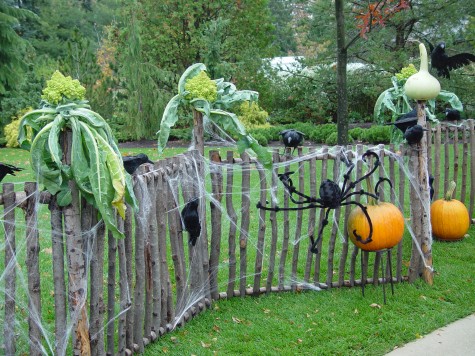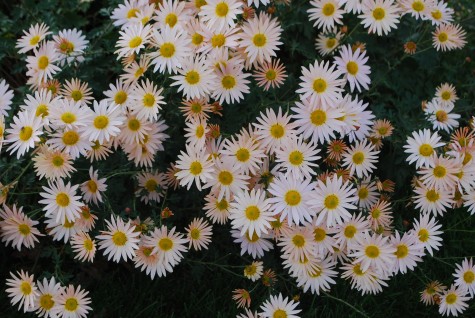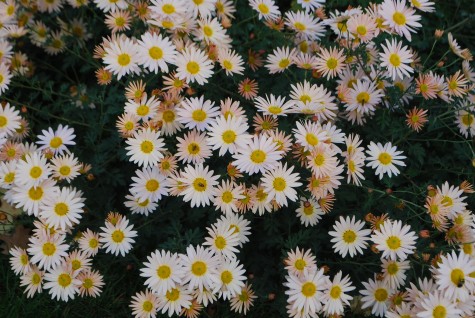Cice comments on my blog posts now and again. The day she decides to write is always a good day. Her latest in response to my post “Fall Color” is too good not to publish. I think she expressed far better than I about the gift that is the fall.
“deb……i too would love the day off sitting right there enjoying the day as the ginko leaves fall down around……glistening yellow, and gleaming in the bright warm sunlight. sounds like heaven!! Ahhhhhhh…….listening to them fall and collect like that photo of the table and chairs you showed…..the gift of shedding.. i get that.
A Fall day what a joy, letting all the work of summer go and not clinging………..just like the leaves. we share the same love of all things natural and the older I get the simpler those pleasures get. thanks for always pointing us back to the natural incredible beauty that is everywhere around us. yours respectfully, cice”
The gift of shedding. I have never heard it described better. Thanks, Cice.


